Just In Time Production Activity
Working Day 1, UTICA SG receives your order
Working Day 2-6, UTICA SG confirms your order and prepares the necessary materials and components for manufacturing.
Working Day 7-15, System in production. Delays may occur at this stage if there are part shortages.
Working Day 16-20, System leaves UTICA SG’s factory and is handed over to logistic company for delivery to your specific delivery address.
What is solar energy?
Solar energy takes advantage of the sunlight to generate heat or electricity. It is an infinitely renewable resource and unique for its ability to generate energy in a quiet, clean, and consistent manner.






 PORTABLES
PORTABLES System
System DEPLOYABLES
DEPLOYABLES Services
Services



































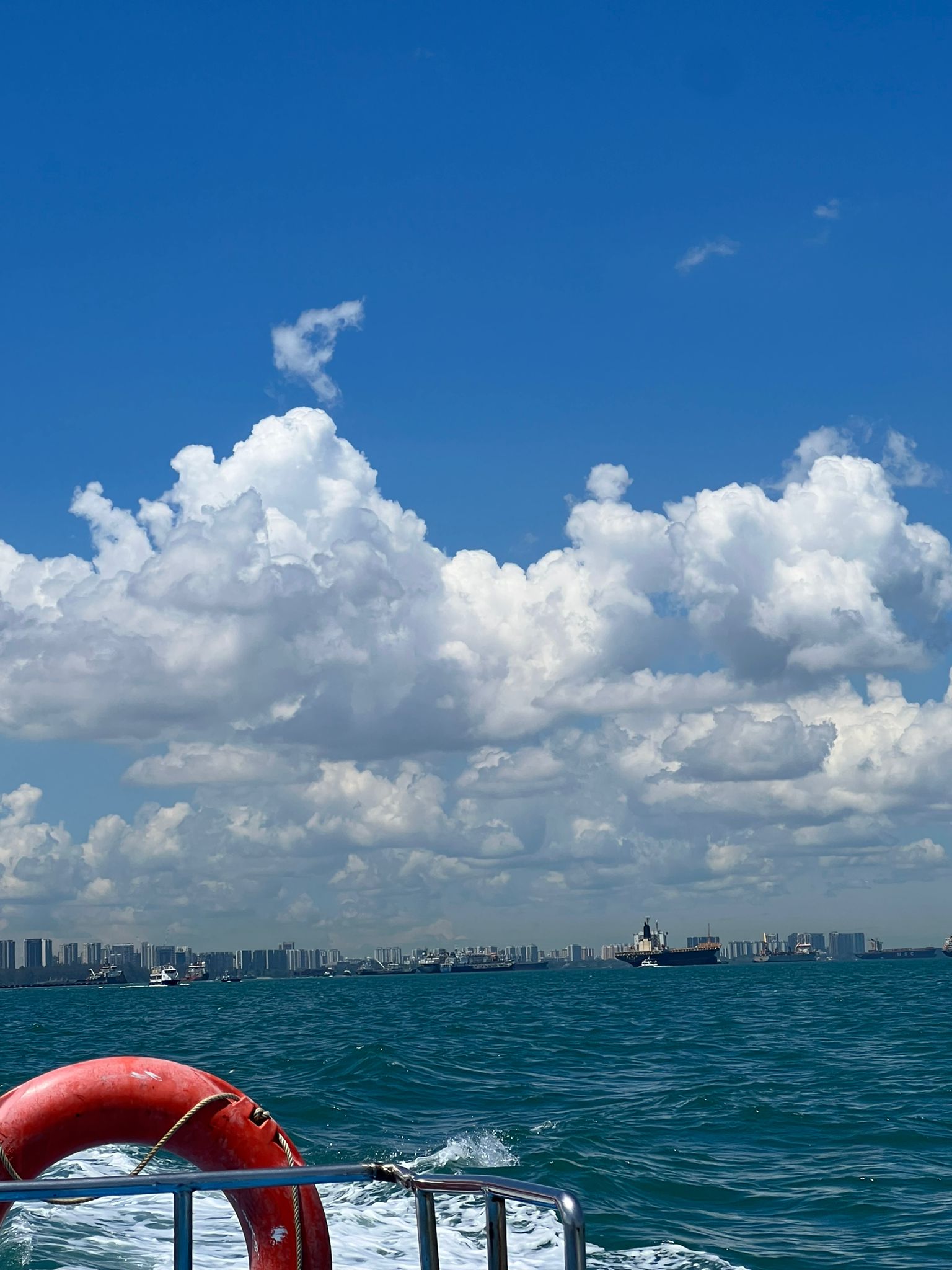
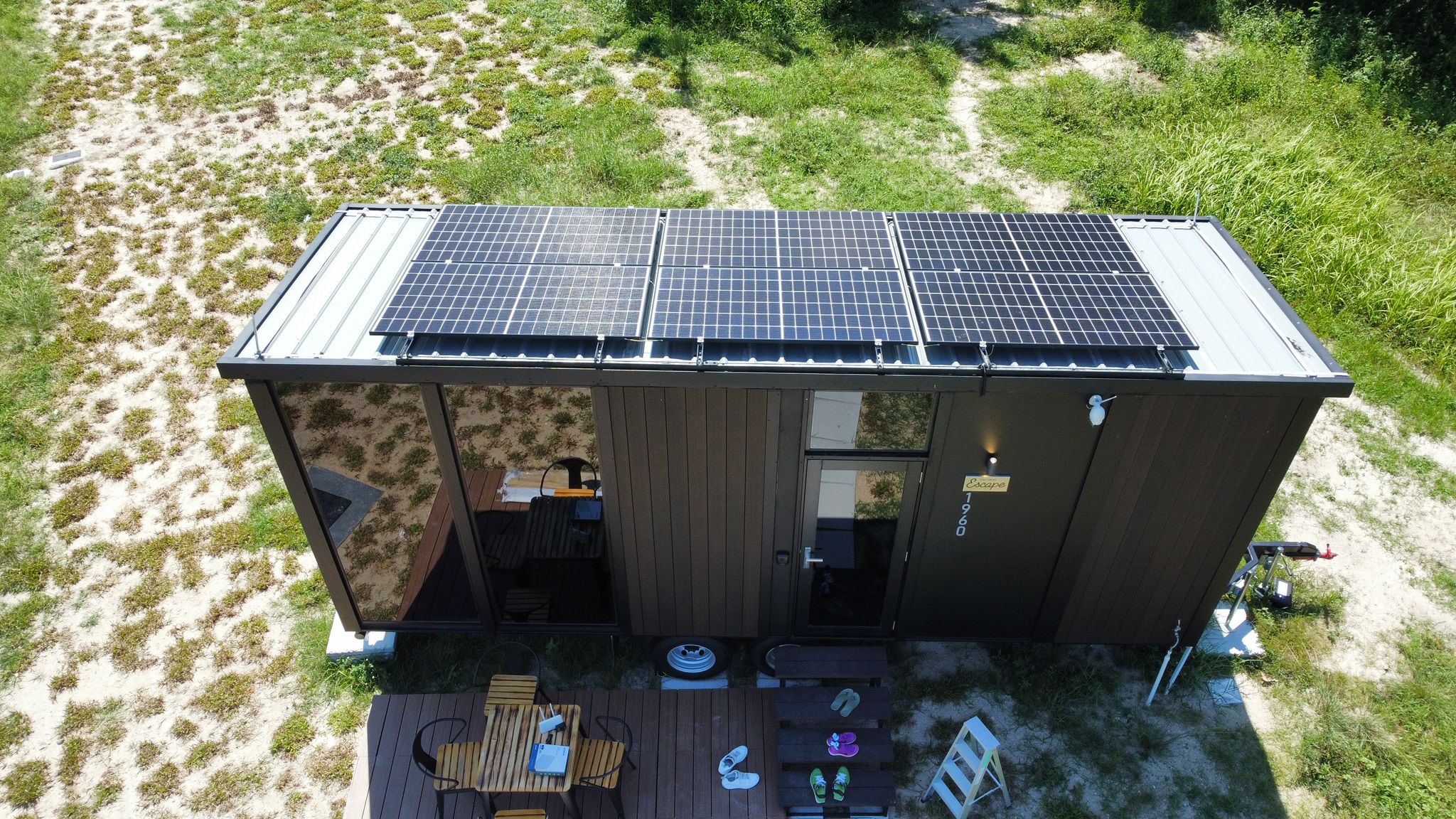

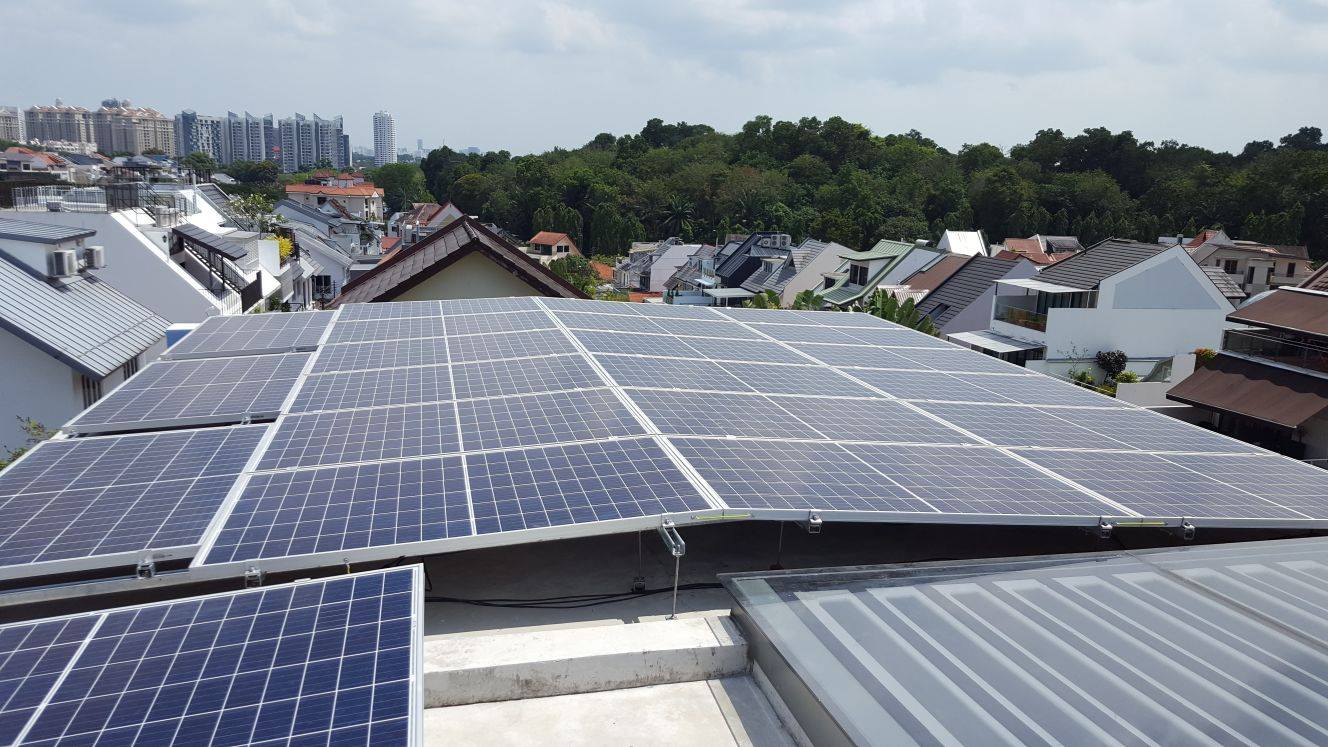




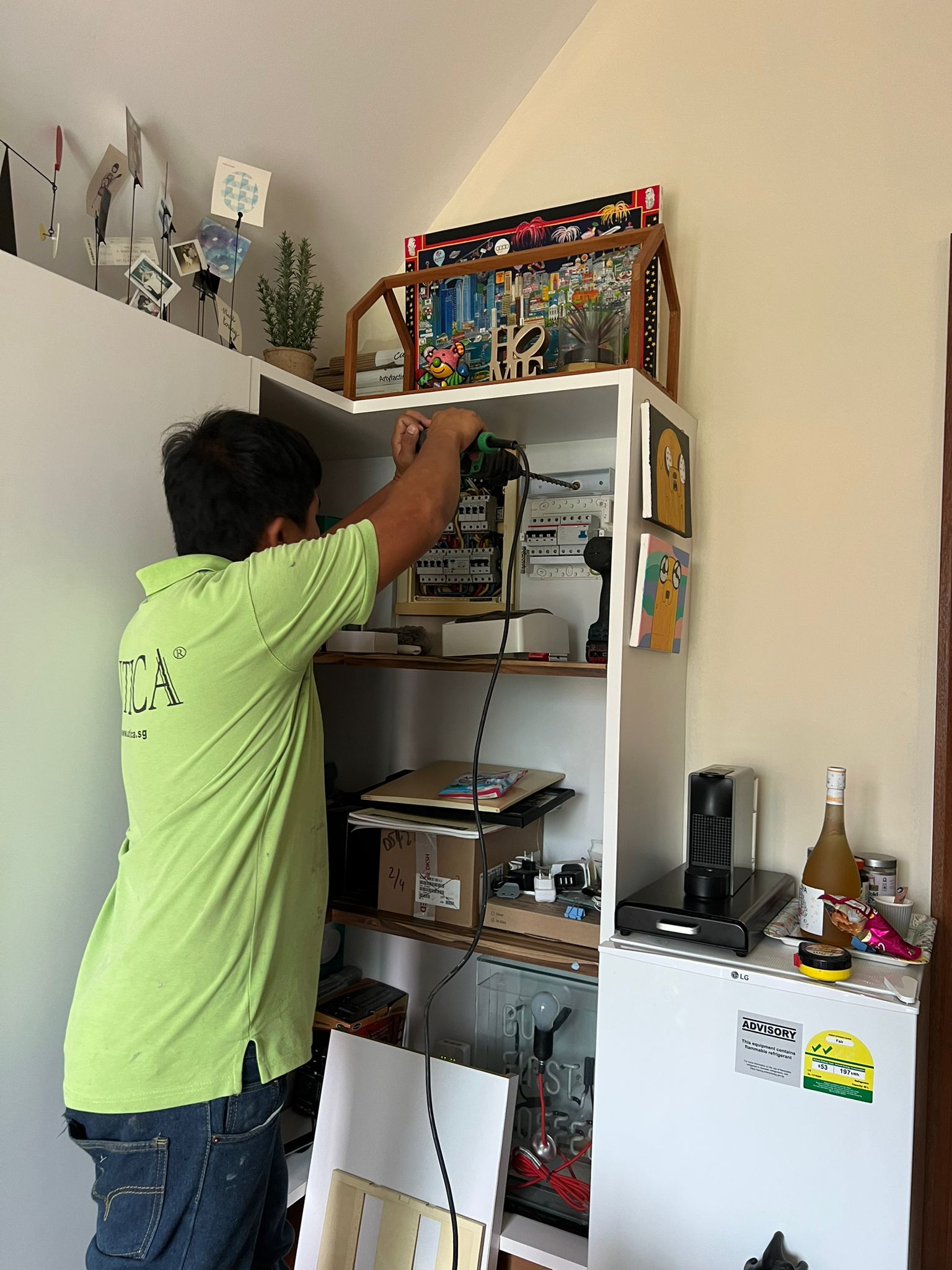
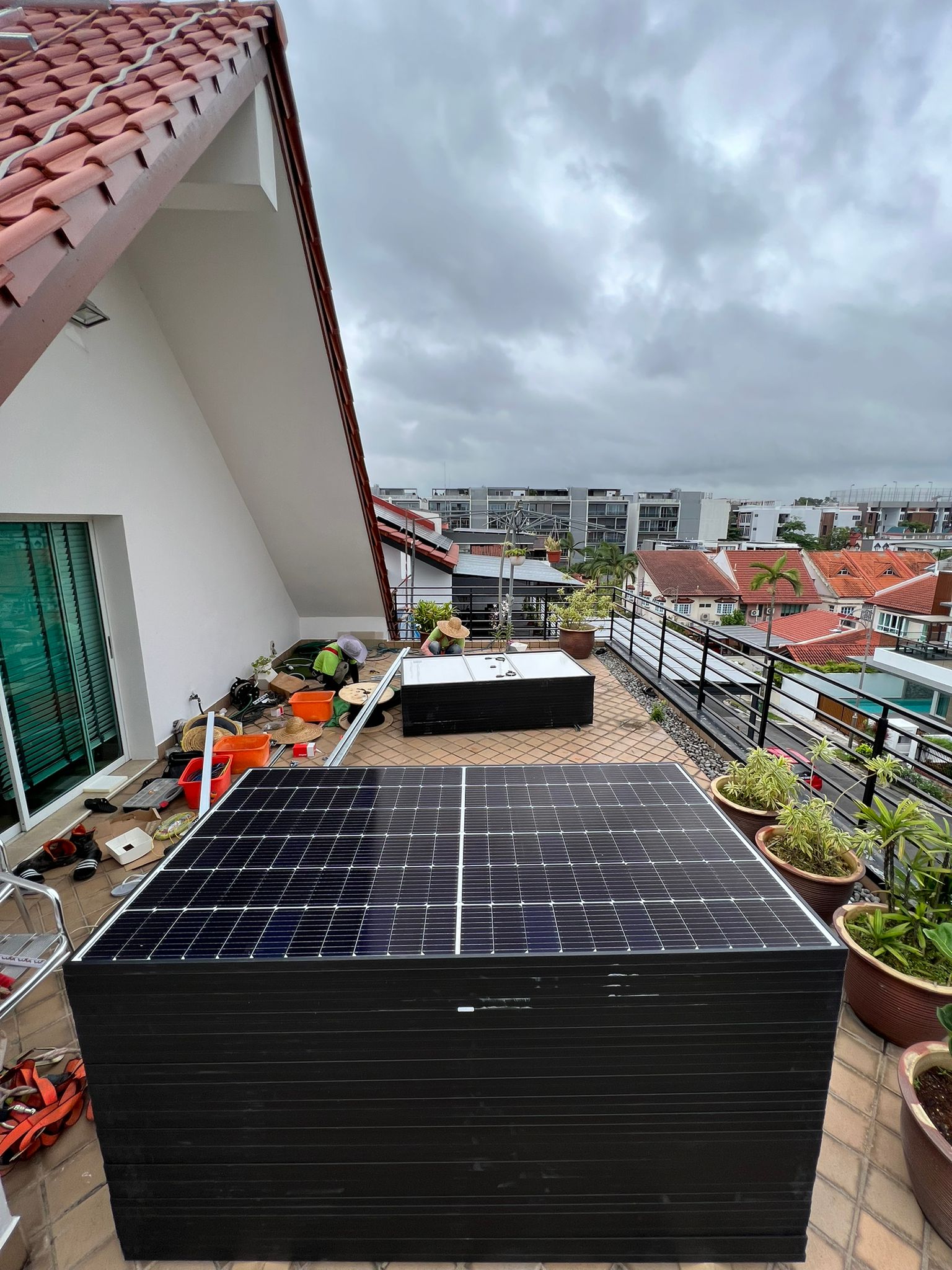















 The whole solar installation process can be a long-one. You will end up dealing with multiple people during the full start to finish process of installing solar.
The whole solar installation process can be a long-one. You will end up dealing with multiple people during the full start to finish process of installing solar.





















